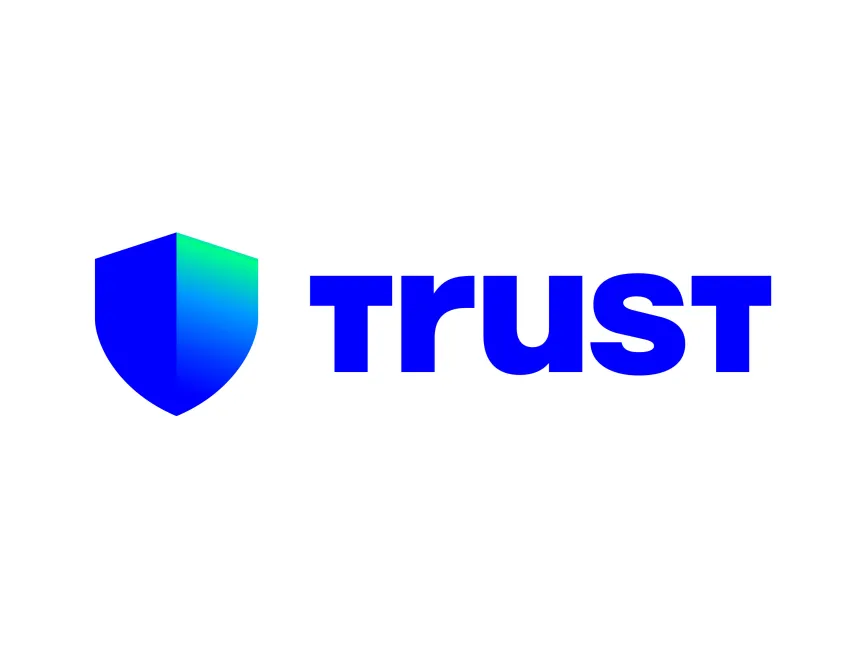Whoa! Ever tried juggling your crypto transactions between your phone and desktop? It’s like trying to pat your head and rub your belly at the same time—clumsy and frustrating. I mean, seriously, why should managing decentralized apps (dApps) feel so… disconnected? Initially, I thought using separate wallets on each device was just a nuisance, but digging deeper, it turns out it can be a legit security risk if not handled properly. The whole mobile-desktop sync thing? It’s more crucial than most folks realize.
Here’s the thing: Most of us want that seamless experience where our transaction history, wallet settings, and approvals just flow smoothly, no matter where we log in. But that rarely happens without the right tools. In the crypto world, where every signature counts and every delay could mean missing out on a killer DeFi opportunity, this fragmentation is a real pain.
On one hand, mobile wallets offer convenience and quick on-the-go access. Though actually, desktops provide more screen real estate and sometimes better security controls. But syncing these two environments without compromising your keys? That’s the tricky part. My instinct said there had to be a smarter way—something that doesn’t force you to sacrifice usability for safety.
And that’s exactly where the dApp connector steps in. It bridges the gap between devices, enabling you to initiate a transaction on your desktop and approve it swiftly on your mobile device, or vice versa. The magic lies in transaction signing protocols and secure communication channels that keep your private keys off potentially vulnerable devices.
Something felt off about earlier solutions that required exposing keys or relying on cloud storage. Nope, not my cup of tea. The ideal approach keeps cryptographic operations local, letting you sign transactions securely without handing over sensitive data. That means even if your browser is compromised, your funds stay safe.
Check this out—using a reliable trust extension can drastically simplify this process. It acts as a secure bridge, leveraging encrypted messaging between your mobile wallet app and desktop browser. So when you want to interact with a DeFi protocol on your laptop, the extension prompts your phone to approve the transaction. Fast, safe, and no more fumbling with QR codes or manual signatures.
One thing that bugs me, though, is the latency you sometimes get with these syncs. It’s not always instant. You might spot a pending transaction on your desktop but have to wait a few seconds for your phone to pop up the signing request. Oh, and by the way, this delay can be the difference between snagging a sweet yield farm spot or missing it entirely. Speed matters in DeFi.
Still, compared to the chaos of juggling multiple wallets and manually verifying every step, this is a massive improvement. Not to mention, it reduces the risk of accidental mistakes—like signing a transaction on a phishing site because you’re rushing to switch devices.
Really? Yeah, I was skeptical too. But after using these sync-enabled dApp connectors for a few weeks, I can honestly say they’ve become indispensable. The fact that you can maintain one session, switch devices seamlessly, and still sign transactions securely feels almost futuristic.
Here’s a longer thought: the underlying tech isn’t just about convenience; it’s about redefining trust boundaries in decentralized finance. By compartmentalizing transaction signing away from the browsing environment, users regain control over their private keys in a way that’s both user-friendly and robust against common attack vectors.

The Art of Transaction Signing: What You Should Know
Transaction signing—sounds straightforward, right? Just approve a payment and move on. Hmm… not quite. Behind the scenes, signing is the cryptographic handshake that proves ownership of your funds and authorizes operations on the blockchain.
When I first got into crypto, I thought signing was just clicking “approve.” Actually, wait—let me rephrase that. The process is way more nuanced. It involves private key cryptography, ensuring that every transaction is tamper-proof and uniquely tied to you. If you mess this up, you risk losing funds or exposing yourself to replay attacks.
Now, the challenge is that signing must be both secure and user-friendly. Mobile wallets usually handle this well since your private keys never leave the device. But when you connect via browser extensions, things get murkier. That’s why the best dApp connectors rely on secure channels that only send signing requests, not keys, between devices.
One of the neatest things about the trust extension is that it not only facilitates transaction signing but also manages session persistence. This means you won’t have to re-authenticate or re-connect your wallet every time you switch tabs or devices. Pretty slick, right?
But here’s a caveat: If you’re not careful about which extensions or apps you trust, you might unintentionally give malicious actors a backdoor. So, always verify the source and permissions of any wallet connector you use. I’m biased, but I lean heavily on open-source and community-vetted tools.
Initially, I overlooked the importance of syncing transaction states between mobile and desktop. But then I realized how frustrating it is to see a “pending” status on one device and no indication on the other. This mismatch can lead to duplicate transactions or worse, accidental double spends.
By syncing transaction histories and statuses, dApp connectors help maintain consistency. This is especially critical when dealing with multiple chains or complex DeFi protocols, where timing and order of operations can make or break your strategy.
Okay, so check this out—some connectors include push notifications on your phone whenever a desktop transaction needs approval. This real-time alert system is a lifesaver. It’s like having a personal assistant who’s always watching your back, ready to step in and confirm things quickly.
But not all solutions are created equal. Some require clunky QR code scans every time you want to sync, which gets old fast. Others ask you to export private keys or seed phrases—big no-no if you ask me. The sweet spot lies in extensions that handle the heavy lifting behind the scenes, letting you focus on trading, staking, or whatever else you’re up to.
Mobile-Desktop Sync: The Unsung Hero of Multi-Chain DeFi Access
Seriously, multi-chain DeFi is exploding. Ethereum, Binance Smart Chain, Polygon, Avalanche—each has its own ecosystem, quirks, and wallet compatibilities. Managing all that without a proper sync system? Total headache.
With mobile-desktop sync, you can jump between your laptop to explore complex dApps and your phone for quick approvals. This fluidity is what keeps you agile in a market that moves fast. Oh, and by the way, it also helps avoid those awkward moments when your desktop wallet shows zero balance because it’s not updated.
Something I didn’t expect was how much this sync reduces errors. I used to manually input transaction details multiple times across devices, which sometimes led to mistakes—wrong amounts, missed deadlines, you name it. Now, the transaction data flows automatically from desktop to mobile for signing, minimizing human error.
On a personal note, I found that syncing helps maintain my mental bandwidth. Instead of juggling multiple wallets or constantly verifying transaction statuses on different devices, I just trust the system to keep me in sync. That said, I still double-check big transactions because, well, paranoia is healthy in crypto.
Interestingly, the trust extension supports multiple chains seamlessly, allowing users to switch networks without breaking the sync. That’s a huge plus because it means you don’t have to install separate wallet extensions for each blockchain, which can get messy and resource-heavy.
Here’s a longer thought that I keep coming back to: the future of DeFi usability depends on these kinds of integrations. If every wallet and dApp can communicate securely and instantly across devices, the barrier to entry lowers significantly. This could usher in a new wave of users who were previously intimidated by the technical complexity.
Still, I’m not 100% sure where this will go in the next couple years. Protocols evolve rapidly, and security challenges are always lurking. But for now, mobile-desktop sync via trusted connectors feels like the best compromise between convenience and safety.
So yeah, if you’re deep into DeFi or just starting out, I’d say spend some time exploring these extensions. They’re not perfect, but they’re the closest we have to a truly unified crypto experience. If you want a solid starting point, the trust extension is definitely worth a look.
Frequently Asked Questions
What exactly is a dApp connector?
A dApp connector is a tool—often a browser extension or mobile app—that links your crypto wallet to decentralized applications. It manages authentication and transaction signing without exposing your private keys, letting you interact securely with DeFi protocols.
How does mobile-desktop sync improve security?
By keeping private keys on your mobile device and using encrypted channels to approve transactions initiated on desktop, it reduces the attack surface. Your keys never leave your phone, so even if your desktop browser is compromised, your funds stay protected.
Is transaction signing complicated for beginners?
It can feel intimidating at first, but extensions like the trust extension simplify the process by automating signing requests and providing clear prompts. Over time, it becomes second nature.
Can I use one connector for multiple blockchains?
Yes! Many modern dApp connectors support multiple chains, allowing you to switch networks seamlessly without installing separate wallets. This is a huge time-saver and reduces clutter.
